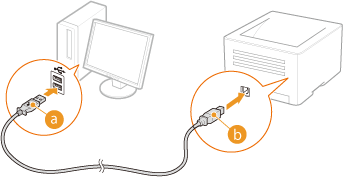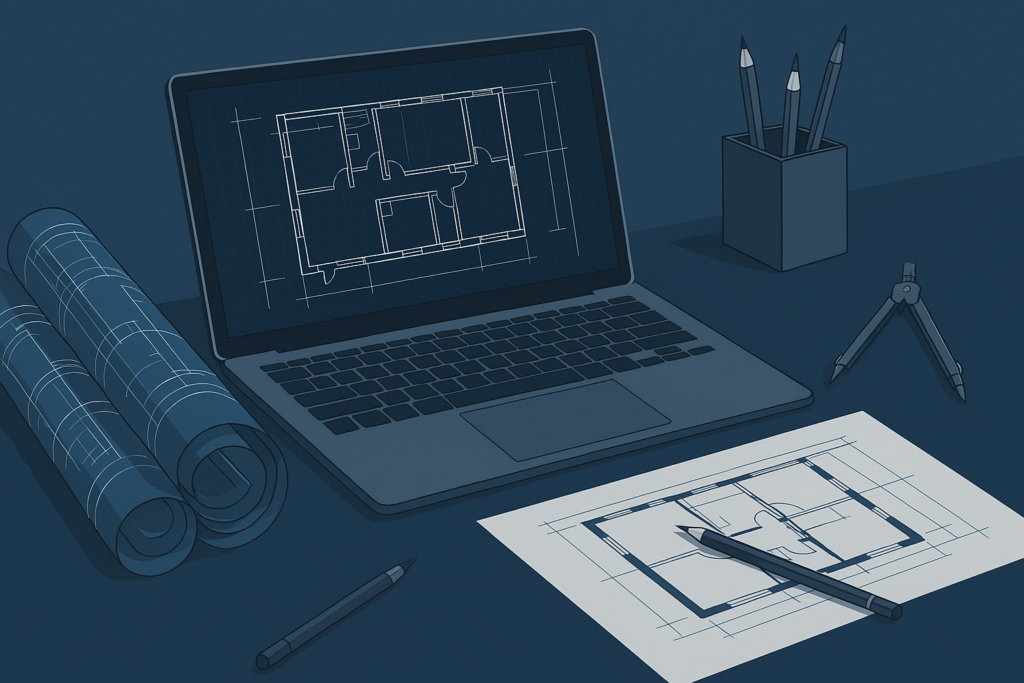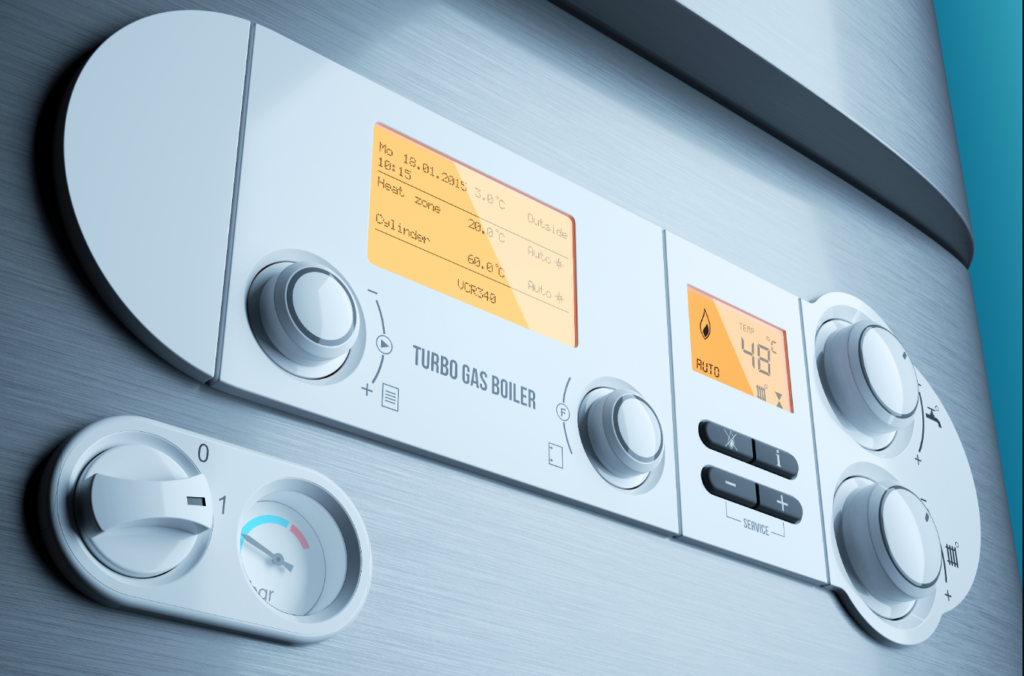The print landscape of the office is shifting radically. Office printer trends 2025 are changing the manner in which businesses interact with their print infrastructure while we plod through 2025. Those were the good old days when printers were separate, straightforward devices that merely splattered ink onto paper. These days, offices must boast intelligent, networked solutions that conveniently integrate into modern workflows.
The printing technology itself has changed at an exponentially higher and accelerated rate due to the pressure for efficiency, sustainability, and remote work. The businesses of the present era are well aware that the right printing solutions can make a gigantic difference in productivity, operational cost, and the environment. Let’s plunge into the revolution trends that are changing the way of printing this year.
The Emergence of Intelligent Printing Technology
Artificial Intelligence Print Management
Artificial intelligence has finally left its imprint on the print world, and the implications are astounding. Intelligent printers now come embedded with print management systems with AI that can predict maintenance needs, learn and enhance print quality with time, and even suggest cost-saving alternatives depending on usage patterns.
They also learn your office’s printing habits, including busiest usage times, most common printed documents, and possible problems before they arise. For instance, if your office constantly prints advertising materials on Fridays, the AI platform will adjust its color to suit this and pre-load paper accordingly.
Predictive Maintenance and Self-Diagnostics
Smart printing technology has one of its best advantages as it is capable of self-diagnosis and predictive maintenance. Printers today are able to report oncoming issues before they occur, scheduling maintenance during off-peak periods and automatically placing orders for supplies when the supply levels are low.
This trailblazing solution eliminates the dismay of your printer running out of toner at the most inopportune deadline. The system monitors everything from fuser temperature to drum life, with reports enabling IT departments to guarantee all devices are operating at their best.
Lightning-Fast Printing Speeds and Improved Performance
Next-Generation Print Engines
The office printer forecast 2025 depicts radical improvements in print engine technology. Today’s printers with enhanced performance are capable of printing up to 100 pages per minute with enhanced levels of quality. The printers reach the high speed due to improved laser technology, paper handling systems at high levels, and effective data processing.
New print engines include faster first-page-out times, with some printing the first page in under 5 seconds from sleep mode. Reducing wait time significantly increases overall office productivity.
Multi-Core Processing Power
The office printers these days utilize multi-core processors similar to what computers utilize. It is such processing that allows multiple jobs to be processed simultaneously, rendering of complex documents, and real-time image processing without compromising on speed and quality.
Such processors also enable printers to handle big files much more efficiently, reducing the time lag between printing a document and receiving the printed output. Multi-page documents, high-resolution images, and complex graphics are processed with unimaginable speed and accuracy.
Innovative Connectivity Solutions
Cloud-First Printing Architecture
Cloud migration to print solutions is one of the most groundbreaking office printer trends 2025 holds for modern offices. Cloud-first design makes it possible for employees to print anywhere, on any device, with security and management of print assets.
This solution eliminates the need for fiddly driver installations and network setup. Users can send print jobs directly from cloud-based software, mobile devices, or remote sites, with documents securely queuing until collected from the office.
Advanced Wireless and Mobile Integration
New printers adopt end-to-end wireless connectivity with the latest standards including Wi-Fi 6, Bluetooth 5.0, and NFC. These interfaces provide robust and high-speed data transfer that suits the demanding standards of contemporary office spaces.
Mobile printing outpaced the initial, now including document scan to the cloud storage, mobile authentication, and networkless wireless direct printing. Employees are able to print, scan, and organize documents using the same smartphone applications as desktop programs.
Smart Office Ecosystems and IoT Integration
The IoT integration is making printers smarter parts of more intelligent office infrastructures. The devices can now talk to lighting systems, HVAC systems, and security systems in a bid to utilize energy to the fullest and boost the productivity of the workplace.
For instance, printers can be programmed to go into power-saving mode automatically by detecting an unoccupied office through motion sensors, or schedule their working time according to occupancy levels in the building. Such integration achieves substantial energy savings and lowering of ecological footprint.
Sophisticated Security Features for Modern Workplaces
Sophisticated Authentication Systems
Security concerns have necessitated the use of intricate authentication mechanisms more sophisticated than the ubiquitous username and password. Contemporary printers are equipped with biometric scanners, smart card readers, and multi-factor authentication mechanisms that only permit authorized staff to access confidential files.
These systems also provide enormous audit trails, who printed what, when, and from which station. Such a monitoring is required to verify data protection policies as well as document confidentiality in high-security environments.
Encrypted Data Transmission and Storage
The office printer trends 2025 today prioritize secure data protection using end-to-end encryption. The data is encrypted in the process of transmission and storage, protecting confidential data from security loopholes.
All of these printers also have safe hard drives, which automatically encrypt the data contained in them and can be remotely wiped in the case of a security incident. This is particularly important for businesses dealing with confidential client data or business property data.
Environmental and Sustainability Factors
Power-Efficient Operations
Environmental consciousness is driving dramatic power efficiency improvement in printers. New models are 50% more power efficient compared to the last generation with improved performance. Power saving, smart sleep modes, and low-power elements provide lower operating expense and lower environmental impact.
Most printers nowadays have automatic duplex printing as an inherent feature, conserving a lot of paper. Others select automatically the most eco-friendly set of print parameters for document type and priority.
Green Materials and Design
Businesses also employ more recyclable components in printer manufacturing and designing more recyclable products at end of life more easily. Modularity facilitates upgrading parts rather than replacing the entire devices, extend product lives, and reduce waste.
The trend towards refillable ink systems and cartridges with high page capacity also ensures sustainability through reducing packaging waste and supply replacement frequency.
Affordable Solutions for All Business Scales
Leasing and Subscription Models
Flexible leasing and subscription models are becoming a replacement for the traditional approach to purchasing printers at full price. The packages usually include upgrades, cartridges, and servicing, providing flat monthly rates and no massive upfront capital outlays.
Subscription models also give companies constant access to the latest technology with no trouble of working with antiquated equipment. It is particularly appealing to growing businesses with growing print needs.
Print-as-a-Service Solutions
Print-as-a-Service (PaaS) solutions are becoming increasingly popular as organizations want to optimize their print expenditures and minimize administrative burden. End-to-end solutions that encompass hardware, maintenance, supplies, and support services for a predicted monthly cost that relates to actual consumption are provided by PaaS suppliers.
Comprehensive analysis and optimization recommendation are normally provided by PaaS suppliers, which enables organizations to discover cost-saving approaches and enhance print performance in the facilities.
Future-Proofing Your Office Printing Infrastructure
Upgrade and Scalability Options
When buying new printing devices, future upgrade and scalability potential need to be considered. The leading office printer trends 2025 include the modular designs where components can be upgraded, new functions introduced, and capacity added without requiring the entire system replacement.
Look for printers that support firmware updates, memory updates, and modular peripherals like additional paper trays, finishers, or advanced security modules. This is to make your investment up to date as your company grows and technology evolves.
Compatibility with Emerging Technologies
Startups are opting for printers that can interoperate with new technologies like augmented reality to provide support with maintenance, blockchain to authenticate documents, and big data analytics to optimize operations.
Think about how your printers will work with the new office technologies of the next generation, such as next-generation document management systems, artificial intelligence-driven workflow automation, and augmented collaboration tools.
Making the Right Choice for Your Organization
Selecting the appropriate printing solution must be performed in alignment with your business company’s individual needs, growth objectives, and technology requirements. The office printer trends 2025 offer unprecedented possibilities for achieving efficiency, reducing expenditures, and enhancing security, but the success is in making choices of solutions that suit your business objectives.
Consider print volume, document types, security requirements, and integration factors when evaluating choices. Ensure that your calculations include total cost of ownership through supplies, maintenance, and power consumption over the unit’s lifetime.
The development of the print business is more than technology—it’s altering the motion of documents in today’s companies. By embracing these trends and deploying the right solutions, organizations can create faster, secure, and eco-friendly printing environments that form the bedrock for durable competitiveness.
As we look to 2025, the businesses that are adopting these printing innovations will be well-positioned to support an expanding digital and networked workforce. The future of office print is today, and it’s smarter, faster, and more connected than ever.



